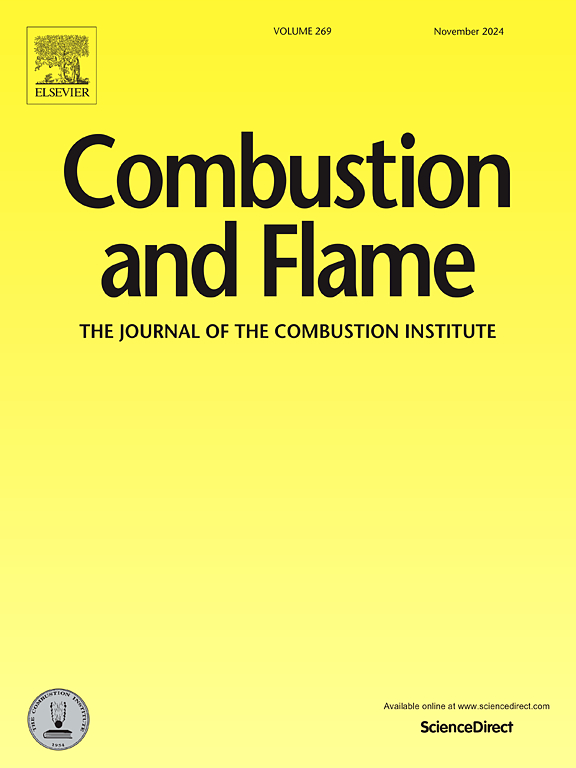Microkinetic analysis of reactions between CO and CuO in chemical looping combustion
IF 5.8
2区 工程技术
Q2 ENERGY & FUELS
引用次数: 0
Abstract
Since the gas diffusion in the thermogravimetric analyzer crucible significantly limits the reactivity of samples, a down-top multi-scale kinetic model is proposed to predict the reduction rate in a diffusion-limited crucible, by considering the gas diffusion during the entire crucible domain. To improve the adaptability of kinetic parameter, the reaction kinetics are directly calculated by the first-principle method, rather than fitting the experimental data. The oxidation process of CO takes into account three-step reversible reaction (i.e., adsorption, interface reaction, and desorption) on the surface and the diffusion of oxygen ions in the bulk. The impact factors, i.e., particle polydispersity, gas diffusion, oxygen diffusion, and surface reaction, are all adequately considered, which can be easily extended to the different kinds of diffusion-limited crucibles of various commerce devices. Density functional theory calculations are used to analyze the mechanisms of CO oxidation on the surface of copper oxide, and the optimal adsorption site is the triple coordination copper top site. The corresponding kinetic parameters are then obtained via harmonic transition state theory. The multi-scale model can accurately predict the actual reduction rate of copper oxide in a commercial thermogravimetric analyzer under various operation conditions. Using the particle-resolved simulations, the effect of different physical properties is further studied to provide theoretical support for the design of copper-based oxygen carrier in fuel reactor. Results reveal that there is the optimal grain size for CuO reduction, and Cu-based oxygen carrier with the grain size of 30∼50 nm exhibits almost the same reaction performance.
求助全文
约1分钟内获得全文
求助全文
来源期刊

Combustion and Flame
工程技术-工程:化工
CiteScore
9.50
自引率
20.50%
发文量
631
审稿时长
3.8 months
期刊介绍:
The mission of the journal is to publish high quality work from experimental, theoretical, and computational investigations on the fundamentals of combustion phenomena and closely allied matters. While submissions in all pertinent areas are welcomed, past and recent focus of the journal has been on:
Development and validation of reaction kinetics, reduction of reaction mechanisms and modeling of combustion systems, including:
Conventional, alternative and surrogate fuels;
Pollutants;
Particulate and aerosol formation and abatement;
Heterogeneous processes.
Experimental, theoretical, and computational studies of laminar and turbulent combustion phenomena, including:
Premixed and non-premixed flames;
Ignition and extinction phenomena;
Flame propagation;
Flame structure;
Instabilities and swirl;
Flame spread;
Multi-phase reactants.
Advances in diagnostic and computational methods in combustion, including:
Measurement and simulation of scalar and vector properties;
Novel techniques;
State-of-the art applications.
Fundamental investigations of combustion technologies and systems, including:
Internal combustion engines;
Gas turbines;
Small- and large-scale stationary combustion and power generation;
Catalytic combustion;
Combustion synthesis;
Combustion under extreme conditions;
New concepts.
文献相关原料
公司名称
产品信息
阿拉丁
copper oxide
 求助内容:
求助内容: 应助结果提醒方式:
应助结果提醒方式:


